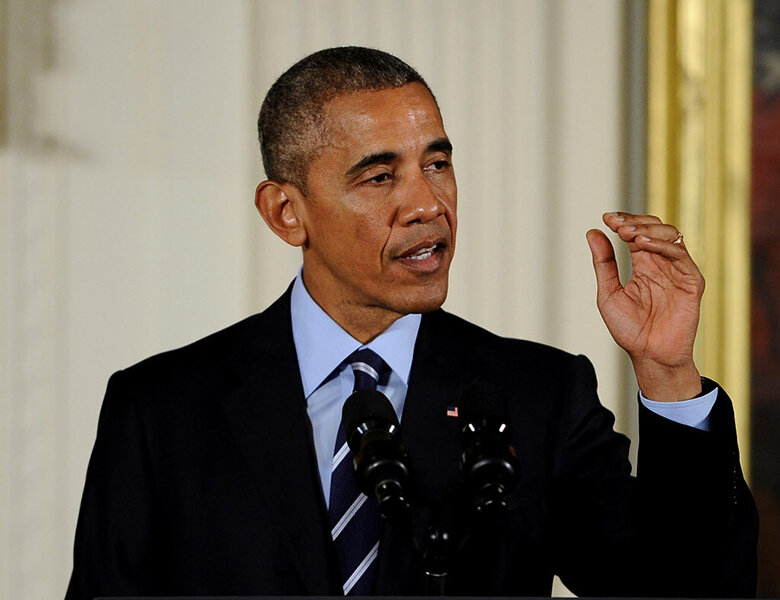Policy ideas that work ‘out of the box’
The US political news stream, as observed from my computer screen of late, is all Trump and all Clinton, all the time. But flipping through my magazine pile, I more often meet the steady gaze of the current occupant of 1600 Pennsylvania Avenue as he looks out from the covers of publications doing their big assessments of the Obama years.
Bloomberg BusinessWeek’s recent Oval Office interview was headlined, “Business tips from the ‘anti-business’ president.”
What caught my eye, though, was a hyphenated phrase the president used as he discussed the value of workforce education:
“[T]here are a number of things we could do right now that don’t require some out-of-the-box policy initiatives and that would really make a difference in boosting productivity growth.”
Is “out of the box” like “shovel ready”? Remember that one? Mr. Obama mentioned “shovel ready” infrastructure projects in a television interview in early 2009, and the phrase went about as viral as anything connected with infrastructure is ever likely to go.
In the BusinessWeek interview, though, the president is talking about something else.
There are two distinct “box” idioms, one with roots in the world of technology and the other rooted in management-speak. It took me a couple of readings to figure out which one (I think) the president meant.
Out of the box, sometimes intensified as right out of the box, refers to “the immediate usability or functionality of a newly purchased product, typically an electronic device or a piece of software,” as the Oxford Dictionaries online put it.
An “out-of-the-box feature” or functionality is one that “works immediately after installation without any configuration or modification,” according to the collective wisdom of Wikipedia. Such features work for all users by default, and without their having to pay extra, either.
A related concept here is “off the shelf,” meaning “not custom-made.” Equipment that’s “off the shelf” generally works “out of the box.”
But when President Obama spoke of actions “that don’t require some out-of- the-box policy initiatives,” he was alluding, in the negative (“don’t require”), to the other major “box” idiom: “to think out of, or outside, the box,” meaning to “think in an original or creative way.”
“Thinking outside the box” is widely traced to the “nine dots puzzle,” familiar from management training seminars. Presented with an image of nine dots, in three rows of three, one is asked to connect all the dots with just four lines (three, in some versions) without lifting one’s pencil. It’s a pretty familiar puzzle by this point, but what used to keep people from getting it was that they saw a box that wasn’t really there.
But the president’s message, if I understand it right, was that the needed initiatives are things we already know how to do; they won’t require us to expend our creative energies inventing them. And we don’t need to spend time thinking our way out of boxes that aren’t really there.






